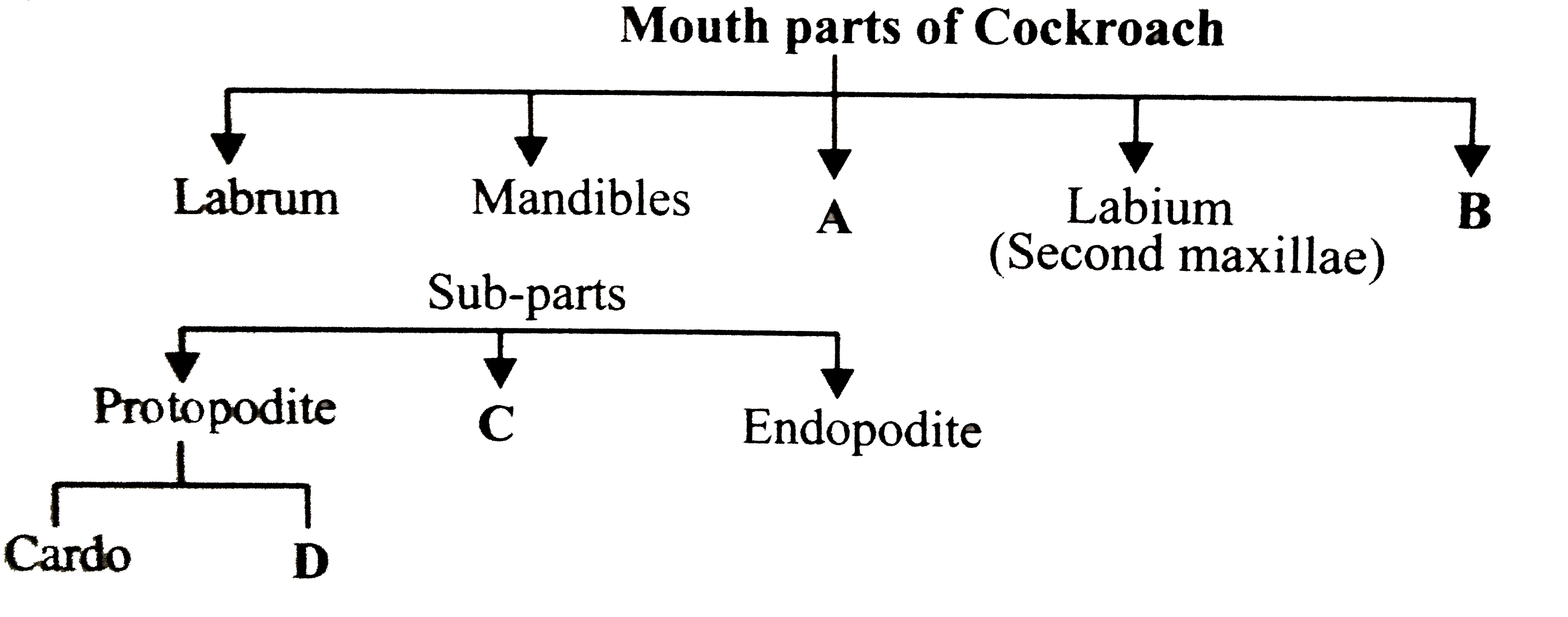Select the correct option
Surface tension depends on nature of liquid
Surface tension depends on area of surface of liquid
Surface tension of a liquid decreases with rise in temperature
Surface tension has dimensions [ML−2T−1]
The correct Answer is:A, C
To solve the question, we need to analyze each option regarding surface tension and determine which statements are correct.
1. Evaluate Option 1:
- Statement: "Surface tension depends upon the nature of the liquids."
- Explanation: Surface tension is a property that varies with the type of liquid due to intermolecular forces. Different liquids have different molecular structures and interactions, which affect their surface tension.
- Conclusion: This statement is correct.
2. Evaluate Option 2:
- Statement: "Surface tension depends upon the area of the surface of the liquids."
- Explanation: Surface tension is defined as the force per unit length acting along the surface of a liquid. The formula for surface tension is S=FL, where F is the force and L is the length. There is no area term in this formula, indicating that surface tension is independent of the surface area.
- Conclusion: This statement is incorrect.
3. Evaluate Option 3:
- Statement: "Surface tension of a liquid decreases with rising temperatures."
- Explanation: As temperature increases, the kinetic energy of the molecules in a liquid also increases, which reduces the cohesive forces between them. This results in a decrease in surface tension.
- Conclusion: This statement is correct.
4. Evaluate Option 4:
- Statement: "The surface tension has dimension ML−2T−1."
- Explanation: The correct dimensional formula for surface tension is ML0T−2 (since it is force per unit length). The provided dimension ML−2T−1 is incorrect.
- Conclusion: This statement is incorrect.
Final Conclusion:
The correct options are Option 1 and Option 3.
- Statement: "Surface tension depends upon the nature of the liquids."
- Explanation: Surface tension is a property that varies with the type of liquid due to intermolecular forces. Different liquids have different molecular structures and interactions, which affect their surface tension.
- Conclusion: This statement is correct.
- Statement: "Surface tension depends upon the area of the surface of the liquids."
- Explanation: Surface tension is defined as the force per unit length acting along the surface of a liquid. The formula for surface tension is S=FL, where F is the force and L is the length. There is no area term in this formula, indicating that surface tension is independent of the surface area.
- Conclusion: This statement is incorrect.
- Statement: "Surface tension of a liquid decreases with rising temperatures."
- Explanation: As temperature increases, the kinetic energy of the molecules in a liquid also increases, which reduces the cohesive forces between them. This results in a decrease in surface tension.
- Conclusion: This statement is correct.
- Statement: "The surface tension has dimension ML−2T−1."
- Explanation: The correct dimensional formula for surface tension is ML0T−2 (since it is force per unit length). The provided dimension ML−2T−1 is incorrect.
- Conclusion: This statement is incorrect.
The correct options are Option 1 and Option 3.
Topper's Solved these Questions
- BOOK - AAKASH INSTITUTE ENGLISHCHAPTER - MECHANICAL PROPERTIES OF FLUIDSEXERCISE - SECTION - D2videos
MECHANICAL PROPERTIES OF FLUIDS
- BOOK - AAKASH INSTITUTE ENGLISHCHAPTER - MECHANICAL PROPERTIES OF FLUIDSEXERCISE - SECTION - E8videos
MECHANICAL PROPERTIES OF FLUIDS
- BOOK - AAKASH INSTITUTE ENGLISHCHAPTER - MECHANICAL PROPERTIES OF FLUIDSEXERCISE - SECTION - B23videos
MECHANICAL PROPERTIES OF FLUIDS
- BOOK - AAKASH INSTITUTE ENGLISHCHAPTER - MAGNETISM AND MATTER EXERCISE - ASSIGNMENT (SECTION D)26videos
MAGNETISM AND MATTER
- BOOK - AAKASH INSTITUTE ENGLISHCHAPTER - MECHANICAL PROPERTIES OF SOLIDSEXERCISE - Assignment(Section-D)14videos
MECHANICAL PROPERTIES OF SOLIDS


